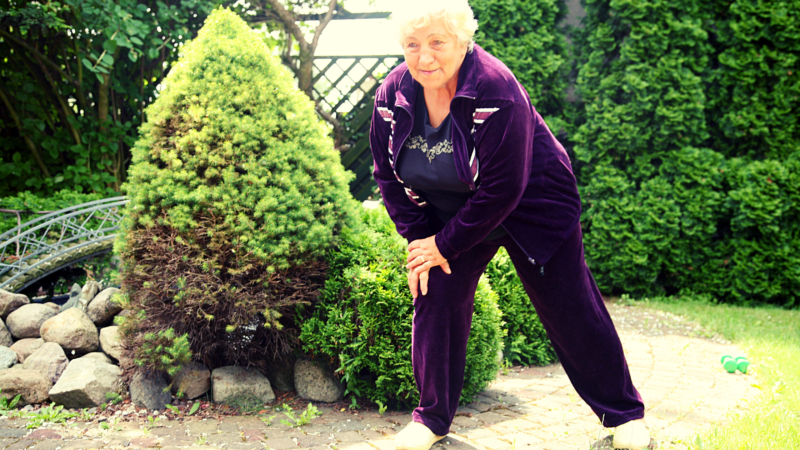The truth about delayed onset muscle soreness after exercise
No pain, no gain? The truth about delayed onset muscle soreness after exercise
With summer being just around the corner, the sun is stronger and the days are getting longer – which means more time for you to be out and about. You have so much energy that you decide to do some heavy exercise or go for an extra-long walk. You feel great… until you wake up so sore the next morning that you’re barely able to move.
Muscle soreness after exercise is usually not a bad thing. It is an indication that the muscle has been stressed. The stress placed on our muscles during exercise causes microscopic muscle tears, which lead to pain. This breakdown of muscle is helpful because these muscle fibres will rebuild stronger. Your body is making adaptations to better prepare you for the next time you exercise.
Delayed onset muscle soreness – or DOMS – is pain experienced approximately 24-72 hours after exercise. The symptoms associated with DOMS include pain, muscle tenderness, stiffness, loss of strength and swelling. You are most likely to experience DOMS when you start a new element in your workout – such as a new activity, exercise or intensity.
So when does this good pain turn into bad pain?
If your level of soreness does not start to recover within three to four days, you see swelling in your limbs, a dark colour in your urine, or if the pain becomes so debilitating that it affects your walking, you should see your doctor.
If you have an injury, you will most likely feel pain immediately during your exercise session. An injury will also likely limit your range of movement and last longer than three days. This is another sign to seek advice from your doctor or physiotherapist. Delayed onset muscle soreness will appear gradually and recover gradually.
What can you do to manage DOMS?
- Warm up before exercise.
- Stretching before and after exercise can prevent DOMS.
- Stay hydrated throughout your exercise session.
- Massaging the muscles you trained approximately two hours after exercise has been shown to reduce the intensity of soreness.
- Know the right type of exercise for you and be gradual with its progression – see our physiotherapists for help with the right program.
The Physio Co is committed to keeping you mobile, safe and happy. If you are interested in learning about the right type of exercises for you, please call us for more information.
Article written by Udari Colombage – Physiotherapist (Melbourne Bayside / South-East)



 1300 797 793
1300 797 793